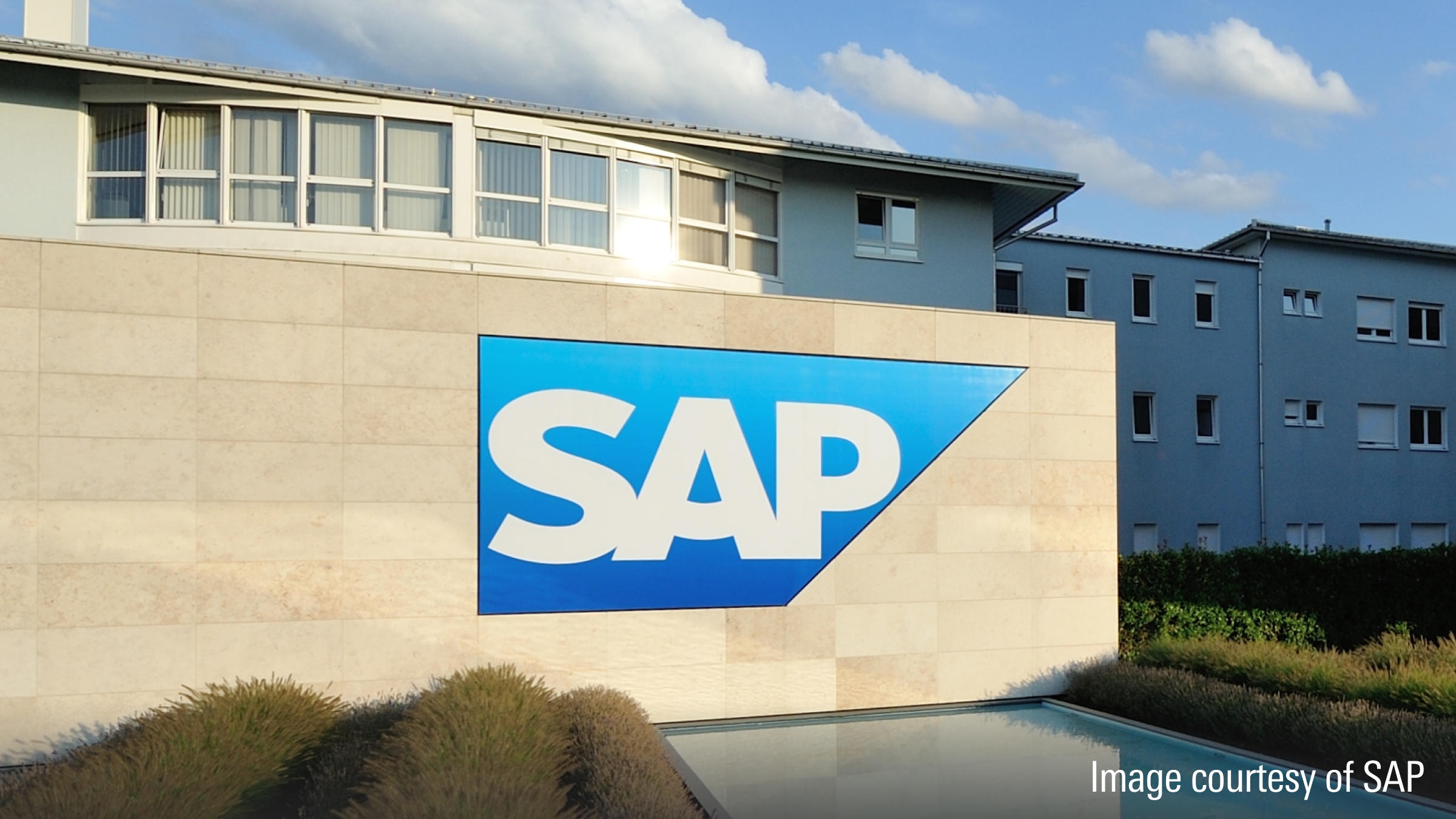We Still See a Shiny Apple Despite Ongoing Near-Term Headwinds; Maintain $133 FVE
Apple continues to face near-term macroeconomic and currency headwinds, reporting fiscal second-quarter results and providing investors with a third quarter outlook below our expectations on several fronts. Nonetheless, we think the iPhone business and iOS ecosystem remain structurally sound and don’t believe that Apple’s lack of growth points to a weakening competitive position or loss of customer loyalty. We still foresee a rebound in revenue and iPhone unit sales, perhaps as soon as this Fall with the iPhone 7. Yet with shares trading as low as $96 after hours, we think Apple is priced as if the iPhone has already peaked and is facing a prolonged secular decline. While the iPhone no longer appears to be a high growth business for Apple, we continue to believe demand will remain more resilient than what the firm’s stock price implies, as customer switching costs around the iOS ecosystem remain strong, in our view, and have the potential to expand over time. We will maintain our narrow moat rating and $133 fair value estimate for the firm and continue to view Apple as one of our best long-term investment ideas within the tech sector.
Apple’s revenue in the March quarter was $50.6 billion, down 13% year over year, which is the first quarterly revenue decline for the company since 2003. iPhone unit sales of 51.2 million were down 16% year over year; Apple cited softness in China and other emerging markets, but we also suspect Apple faced weakness in the U.S. and Europe as well. iPhone average selling prices fell 7% sequentially, which does not include any impact from the firm’s new $399 iPhone SE, but does reflect currency headwinds from a strong U.S. dollar and a less favorable product mix toward older phone models. Mac revenue fell 9% year over year, appearing to barely outperform the rest of the sluggish PC industry, while revenue from Other Products (including Apple Watch) of $2.2 billion was also noticeably below our prior estimates.
For the June quarter, Apple expects revenue in the range of $41 billion-$43 billion, which was again below our prior expectations, as well as Street consensus estimates of over $47 billion. Revenue in this range would be down 15%-19% sequentially and 13%-17% year over year. Apple hinted it expects sequential declines in iPhone revenue, iPhone ASPs and iPad revenue, but a sequential increase in Mac revenue, thanks to the start of back to school season.
We did see some bright spots for the iPhone, as sales in India were up 56% year over year. Combined with network upgrades in the region and the launch of a midrange $399 iPhone SE, India has a chance to represent an above-average growth region for the iPhone during the next few years. Apple also disclosed that, despite the soft sales, upgrades for the latest iPhone 6s from existing iOS users were at a faster pace this year than two years ago around the iPhone 5s launch. This pace was still far slower than the upgrade cycle for the iPhone 6 last year, but such a pace might never be topped again as the upgrade pace benefited from two significant, and easy, growth drivers last year--the introduction of larger screen devices and a partnership with China Mobile, the world’s largest carrier. Finally, from our vantage point (as well as Apple’s), customer loyalty for the iPhone remains solid, we don’t see a clear cut Android-based winner that is gaining tremendous share in the premium smartphone market, and the iPhone SE has a chance to gain some share at the midrange of the market and perhaps offset slower replacement cycles this year at the high end of the market.
Looking beyond the iPhone, Apple again touted its services business, with revenue of $6 billion in the quarter, up 20% year-over-year and up 27% when comparing gross billings (that is, amounts paid by customers rather than Apple’s cut of such apps/music/content sales) to the same period a year ago. Specifically, Apps Store revenue was up 35% year over year. However, we’re not sold on Apple’s services being the savior of the company, or that Apple should somehow trade at multiples similar to pure-play software firms. We still tend to view Apple’s services as a lagging indicator, as the rise of Apple’s iOS user base has led to more users willing to buy apps and content on its devices. In our view, services are still a vital part of Apple’s business-- not so much as a growth driver for the company (services only represented 8.5% of revenue last year) but as differentiators for the iOS ecosystem that allow the company to capture premium pricing on hardware sales.
Once again, Watch sales failed to meet our prior expectations, as we estimate that Apple sold about 2.5 million Watch units in the quarter. Yet we’re still not calling the device a flop, as the product continues to receive support from both Apple and the apps community. A recent Wall Street Journal report suggests that Apple will add a faster processor, and perhaps cellular connectivity, to the next version of the Watch. We still think there’s a chance enhancements such as these could lead to a killer app or service that can turn the Watch from a curiosity to a mainstream hit.
Finally, we should note Apple raised its stock buyback authorization to $175 billion (with $58 billion remaining as of March 2016) and a 10% increase to its quarterly dividend to $0.57 per share. All in all, the capital allocation plan was about in line with our expectations, and we’re encouraged that Apple will continue to buy back shares that appear to be undervalued, in our eyes.
















